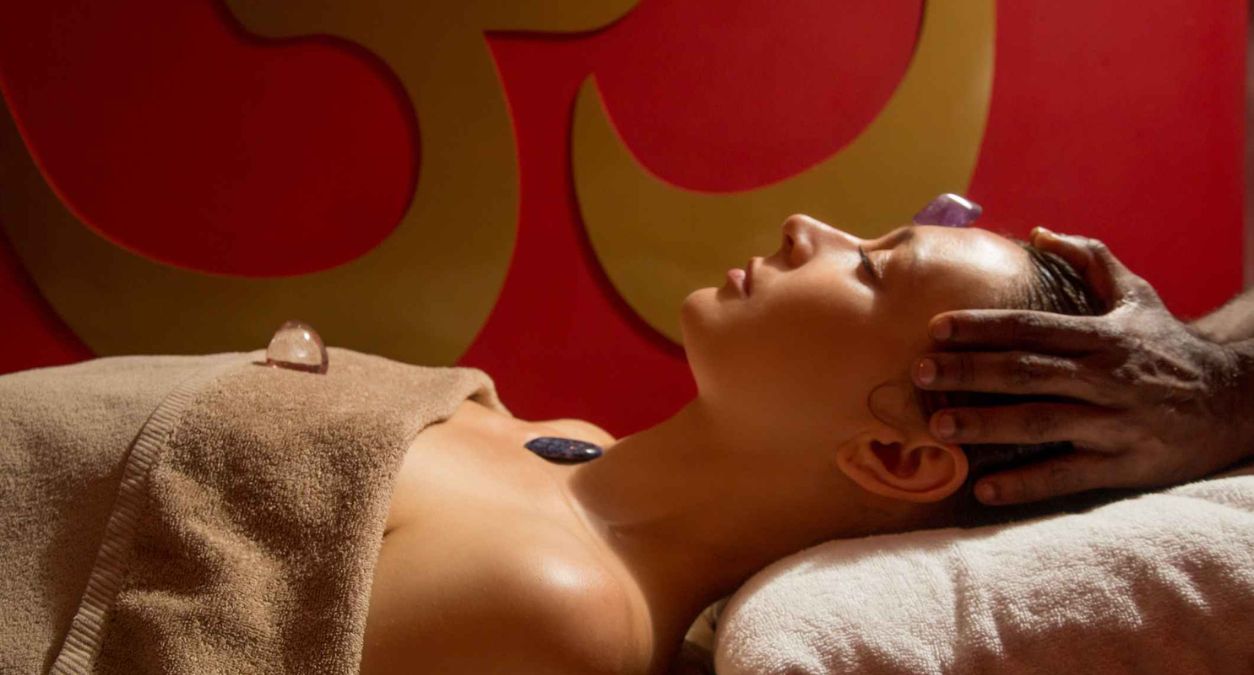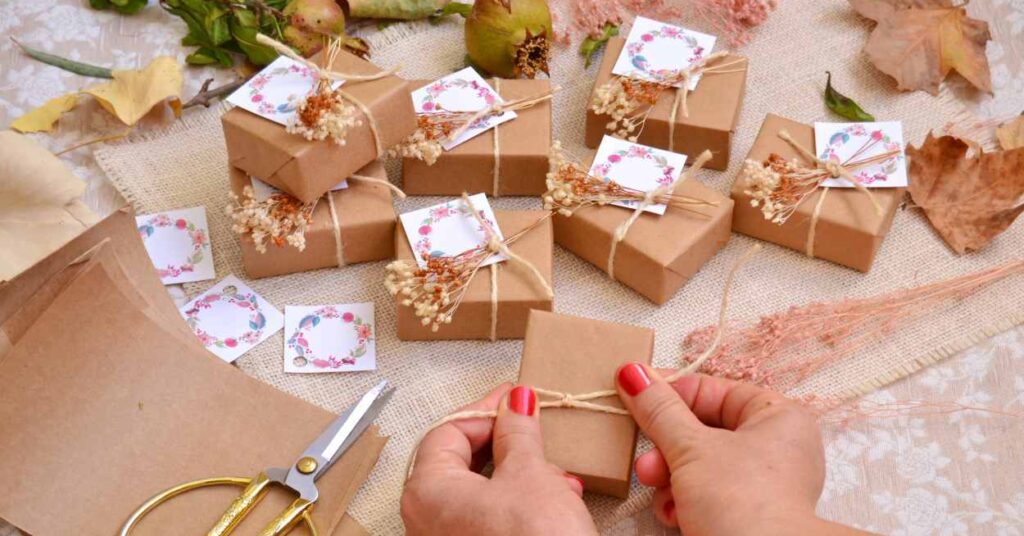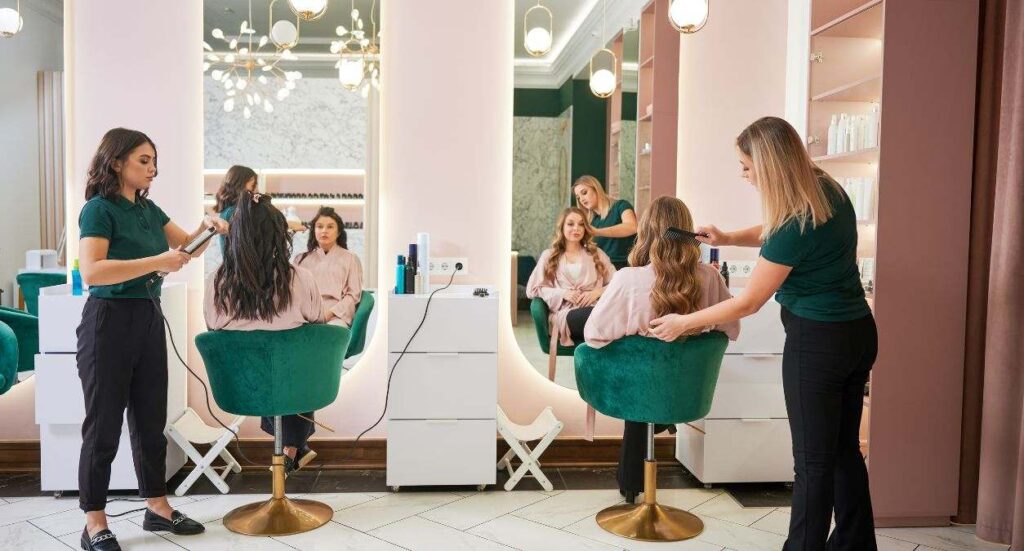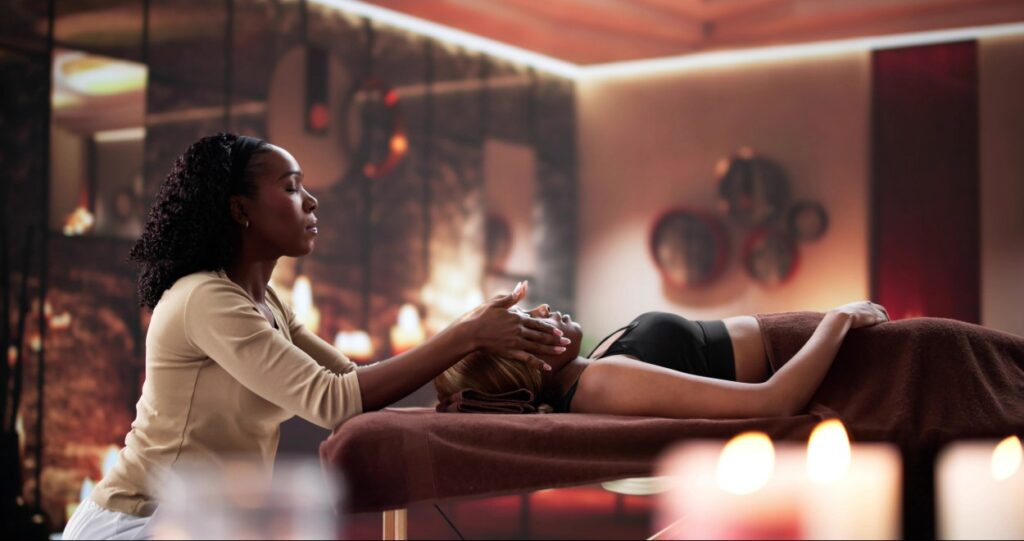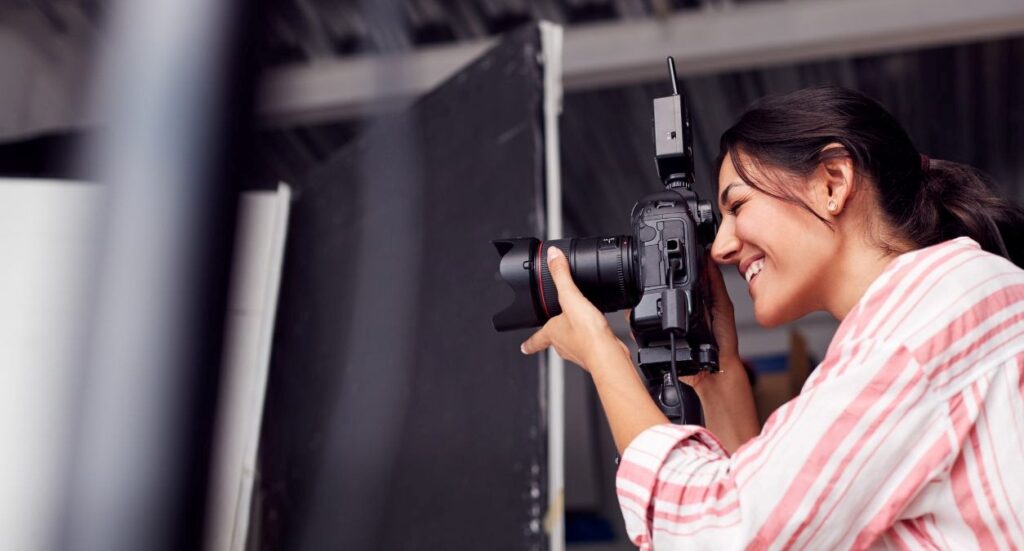Table of contents
In the same way that reiki is energy, crystals also emit energies – but why would you use crystals when giving reiki to a client? It’s because crystals are naturally formed in the Earth and vibrate at different frequencies, depending on their geological make up.
If you hold a crystal in your hand, you may feel a tingle or similar sensation which will differ from one crystal to another, and it’s these frequencies or vibrations that help to hone in to elements of our own energy. That’s why different crystals can help with different aspects that we may need help with. Using crystals can enhance the reiki and even target more substantial blockages in your client’s energy field. You could also stock crystals that you can infuse with reiki and recommend them to your clients as an upselling opportunity.
This guide covers all the basics around crystal healing with reiki.
Get Reiki Insurance from Protectivity
*Disclaimer – This blog has been created as general information and should not be taken as advice. Make sure you have the correct level of insurance for your requirements and always review policy documentation. Information is factually accurate at the time of publishing but may have become out of date.
Last updated by




